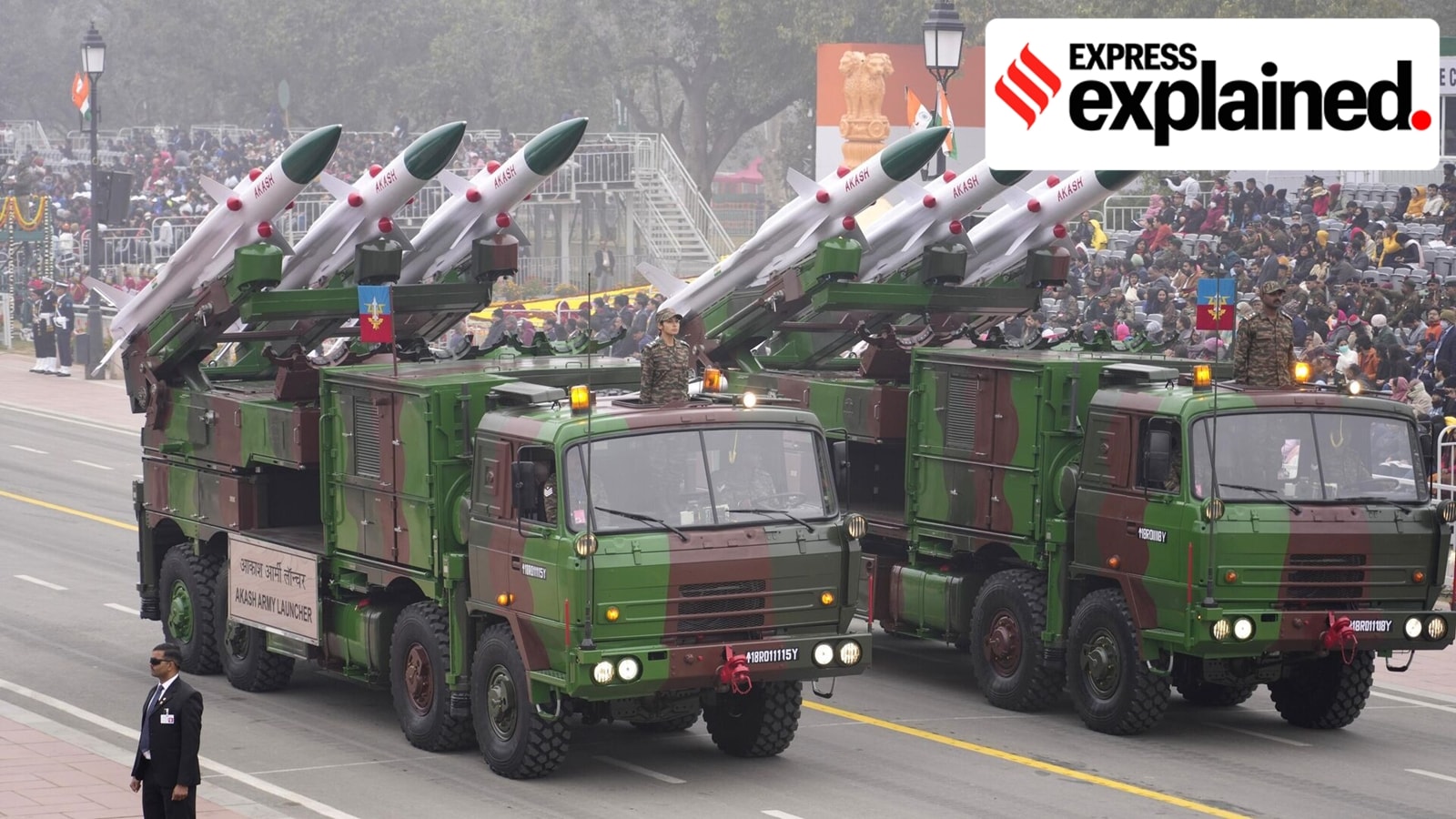Are You Being Tracked? New Airport Tech Sparks Privacy Concerns Across US

A wave of concern is sweeping across the United States as reports surface about a new, largely unnoticed technology being implemented in over 80 airports. Security experts are sounding the alarm, warning that this technology, rolled out by the Transportation Security Administration (TSA), could be tracking Americans from the moment they enter the terminal to their final destination. This isn't about simple security checks; it’s about a potential shift in how our movements are monitored and data is collected.
What's the Technology?
While details remain somewhat opaque, the technology reportedly involves a combination of biometric scanning, facial recognition, and potentially even license plate readers. The TSA claims it’s part of an effort to enhance security and streamline the passenger experience. However, privacy advocates argue that the scope of data collection and the lack of transparency surrounding its usage are deeply troubling.
How Does It Work?
Passengers unknowingly pass through various checkpoints equipped with cameras and sensors. These devices capture facial images, which are then compared against databases containing known criminals and individuals on watchlists. The system doesn't just identify individuals; it reportedly tracks their movements throughout the airport – from check-in counters to security lines, gates, and even baggage claim. Some reports suggest the system integrates with license plate readers to track vehicles entering and exiting airport parking facilities.
The Privacy Concerns
The core issue isn't necessarily the technology itself, but how it’s being deployed and the potential for misuse. Critics raise several key concerns:
- Data Storage and Security: Where is this data being stored? How secure is it from breaches and unauthorized access?
- Scope of Surveillance: Is this level of surveillance truly necessary for security purposes, or is it an overreach that infringes on the privacy of law-abiding citizens?
- Lack of Transparency: The TSA has been criticized for a lack of openness about the technology and its implementation. Passengers are largely unaware that they are being tracked.
- Potential for Bias: Facial recognition technology has been shown to exhibit biases, particularly against people of color. This raises concerns about potential misidentification and discriminatory treatment.
- Mission Creep: What safeguards are in place to prevent this technology from being used for purposes beyond its stated security objectives?
What Can You Do?
While it's difficult to completely avoid this technology, here are a few steps you can take:
- Stay Informed: Keep up-to-date on developments regarding airport security technology and privacy regulations.
- Contact Your Representatives: Voice your concerns to your elected officials and urge them to demand greater transparency and oversight of TSA practices.
- Support Privacy Advocacy Groups: Organizations like the Electronic Frontier Foundation (EFF) are working to protect digital privacy rights.
- Be Aware of Your Surroundings: While not always possible to avoid cameras, being mindful of security checkpoints can help you understand where you might be subject to surveillance.
The Future of Airport Security
The debate over airport security and privacy is likely to intensify as technology continues to evolve. Striking a balance between ensuring public safety and protecting individual liberties is a complex challenge. The current rollout of this new tracking technology highlights the urgent need for clear regulations, robust oversight, and greater transparency from the TSA.
This situation underscores a broader trend: the increasing use of surveillance technologies in public spaces. It’s crucial for citizens to remain vigilant and demand accountability from those who wield these powerful tools.






